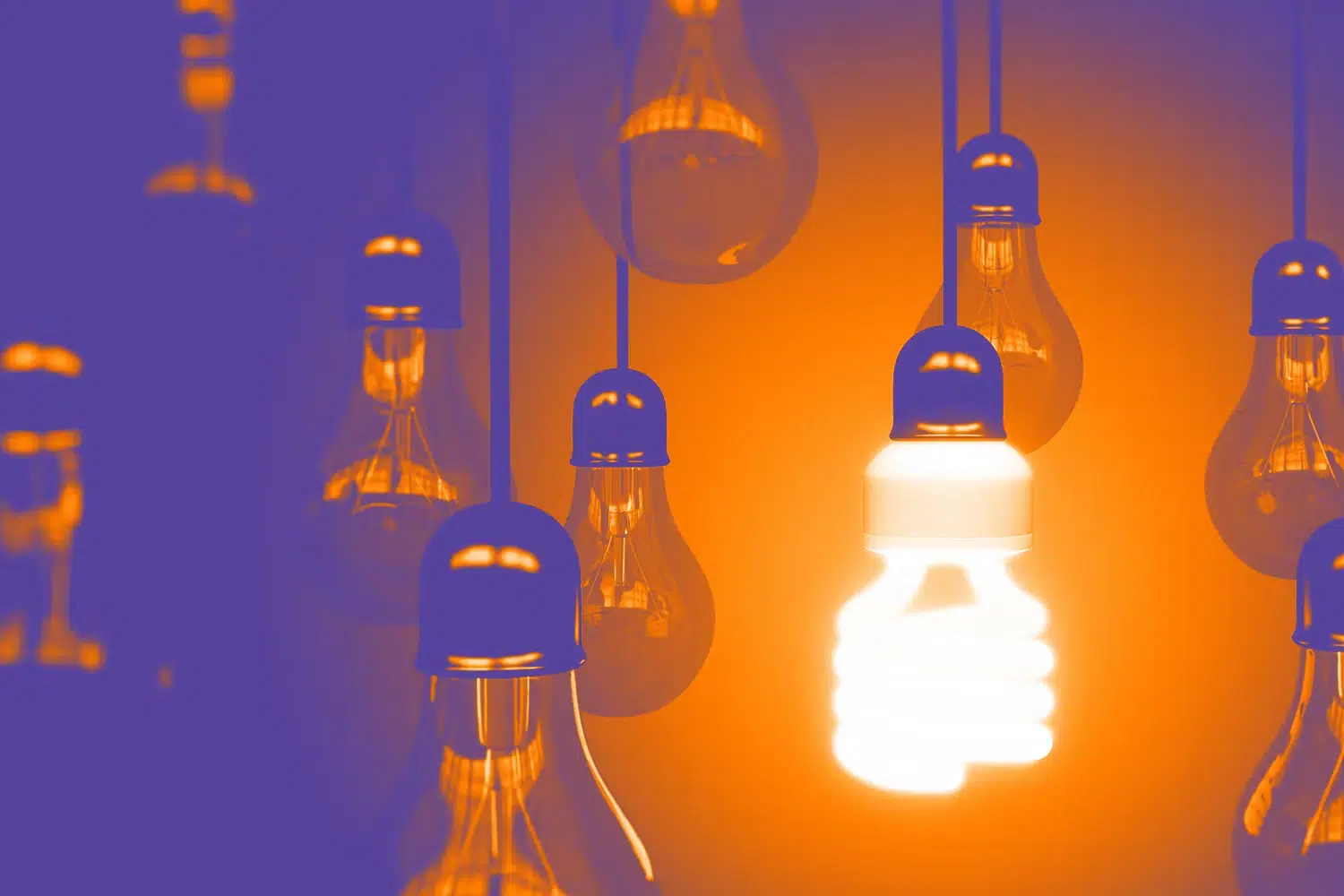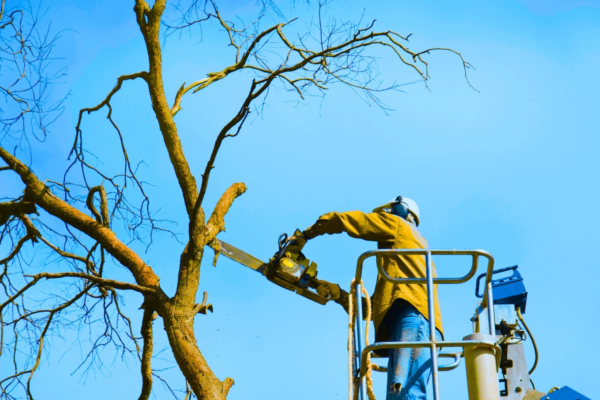
Make Your Home More Energy Efficient

Utilities like electricity, heat, and water are daily necessities. But energy costs can really add up! According to EnergyStar.gov, the average American family spends $2,060 a year on their home utility bills. That amount can greatly vary based on how energy-efficient your home is. By making some tweaks, you can save both energy and money.
What Does Energy-Efficient Mean?
Being energy-efficient means finding ways to reduce energy consumption, and although it may require some changes and up-front investments, it will save money in the long run. Energy efficiency isn’t all about cutting corners and being uncomfortable, however. Today’s energy-efficient homes use less resources while still providing a comfortable living environment.
Put Your Home Equity to Work
Learn more about how you can take advantage of your home’s value.
How to Make Your Home More Energy-Efficient
Here are some steps you can take to improve the energy efficiency of your home.
Replace Light Bulbs
The traditional incandescent light bulbs that most people use consume a lot of energy and need to be replaced often. Energy-efficient light bulbs have made huge improvements over the last ten years, and the energy savings can be substantial! A compact fluorescent lamp (CPL) uses between one-third and one-fifth of the energy that a traditional incandescent light bulb uses and lasts 8 to 15 times longer. They cost more, but they have a longer lifetime and they use less electricity, making them more cost-effective in the long run.
Use Smart Power Strips
Many people don’t know that electronics use electricity even when they are turned off or in standby mode. This is called “phantom load.” The U.S. Environmental Protection Agency found that phantom loads can comprise almost 5% of your monthly energy bill or more. If you can reduce these phantom loads, you will save a lot of energy and money in the long run.
Beyond unplugging electronics when you’re not using them, you can use smart power strips. These power strips shut off the electrical current to specific electronics when they are not being used. You can program phantom strips to shut off at a specific time, after a certain period of inactivity, or through a remote switch.
Opt for Energy-Efficient Appliances
The appliances that you have in your home play a large role in how electricity is consumed. On average, appliances comprise around 13% of the total energy use of a household. Thus, you should consider purchasing energy-efficient appliances. Although they typically have a higher up-front cost, the cost to operate can be between 9% and 25% less than traditional appliances. Look for appliances with the ENERGY STAR label, which is a federally-backed guarantee that the appliance has passed energy efficiency guidelines.
Weatherize and Insulate
There’s a good chance that there are leaks around your home that are letting heat or air conditioning escape, driving up heating and cooling expenses. The most common source of these leaks are windows, doors, and vents. For objects like walls and window frames, you can apply caulk to seal these leaks. For cracks between moving objects, such as doors, you can apply weather stripping.
In addition, you should fully insulate your home. Insulation helps retain heat during the winter, and cool air in the summer. Of course, the level of insulation you need will depend on where you live, but everyone can conserve energy and money through insulation. The main areas to focus on for installation are walls, ceilings, floors, basements, around plumbing, and crawlspaces.
Perhaps the most common area of air leakage from your home is in your attic. Hot air rises, so the heat in your house will raise and then leak through any small openings in the attic. Without a properly insulated attic, you will face a higher electricity bill.
Install Energy-Efficient Showerheads and Toilets
Another great place to improve energy efficiency is in your bathroom. This room in particular is a crucial place to cut down on water usage; the toilet alone can consume up to 27% of a home’s water usage.
Energy-efficient toilets decrease water usage significantly. According to the EPA, using WaterSense labeled toilet models, the average household can reduce the amount of water the toilets use by 20%-60%, amounting to almost 13,000 gallons of water savings in a year.
There are also energy-efficient showerheads and toilets that use a lower amount of energy, and ultimately save you money. Low-flow shower heads, for example, can decrease your water consumption by over 40%.
Adjust Your Daily Behaviors and Habits
Your daily behaviors and habits can also make a big difference in your home’s energy use, and there are a lot of adjustments you can make that have a major impact. For example, turning off lights or appliances when you aren’t using them is easy and makes a big difference. You can also conserve energy by switching to some manual household tasks, like using a drying rack instead of a dryer.
Heating and cooling costs can make up about half of a house’s utility bills, so cutting usage in this area goes a long way—not just for conserving energy, but for saving money too. Consider turning down your thermostat in the winter while layering up and try to use less air conditioning in the summer. If you find that your energy use is still high and you haven’t upgraded your weathering and insulation, you might want to consider making those improvements.
Understand Financing Options
Making your home more energy-efficient can sometimes require an investment. As with all home renovation projects, you have options for funding, including:
- A home improvement loan, which is designed specifically for homeowners doing renovations or completing projects in the house. These loans are similar to other basic loans, in that you have a fixed rate and a fixed monthly payment over a set amount of time. This is generally an unsecured loan.
- A home equity loan, where you borrow against the current equity you have in your home. With this type of loan, you are given a lump sum and pay it off in monthly payments over a fixed term. Your home is used as collateral for this secured loan.
- A home equity line of credit (HELOC), which uses your house as collateral. But HELOCs are more like credit cards, in that you borrow specific amounts as you go, when you need it. You only make payments towards what you have used, not the full amount that is available.
Put in Energy to Save Energy
Yes, making your home more energy-efficient does require effort as you adjust to the way you live and consume resources. However, there are a lot of small, easy changes that you can make almost immediately! These small adjustments add up to big savings—of both energy and money. The time and money spent making your home more energy-efficient will be well-spent. Take a look at your home energy use—where could you save?
Looking for a home equity loan?
Get your project off the ground and apply today.




